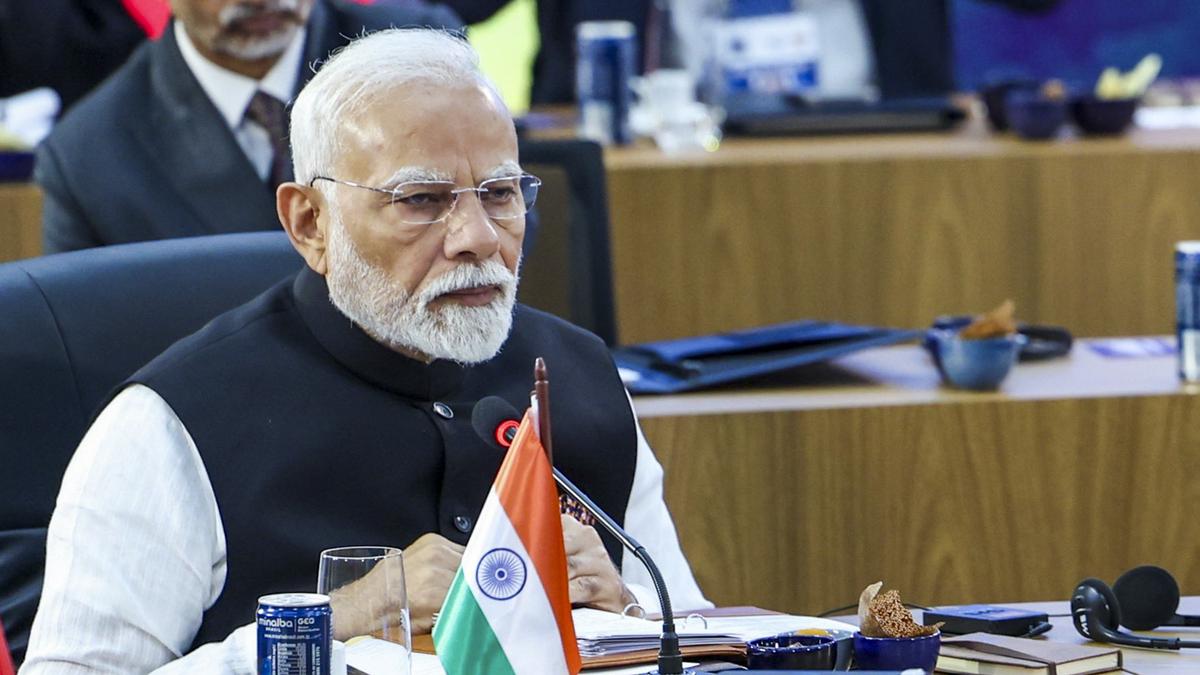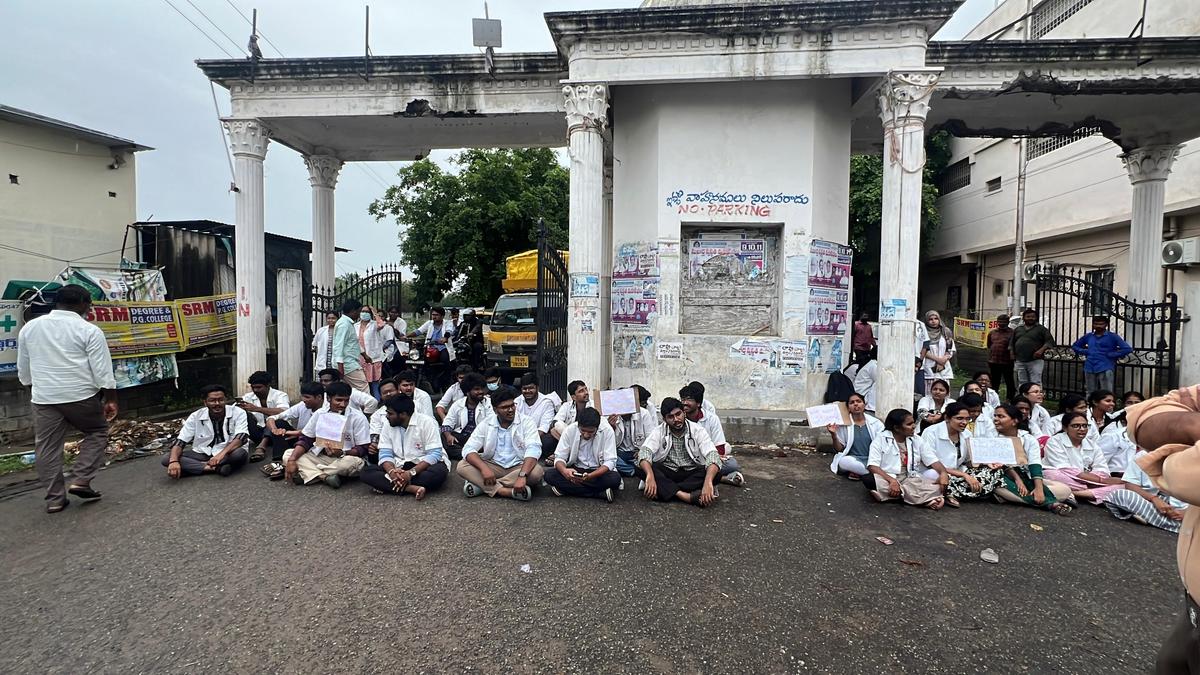The Environment Impact Assessment (EIA) study carried out for the ₹72,000-crore Great Nicobar Infrastructure Project (GNIP) downplays the risk of future earthquakes that could trigger tsunamis on the scale that was seen in 2004, despite several scientists suggesting that few on-ground scientific assessments have been done in the region.
According to the nearly 900-page-long EIA report commissioned by the Andaman and Nicobar Islands Integrated Development Corporation and executed by a private consultant, Vimta Labs, the probability of a mega earthquake, such as the earthquake of 9.2 magnitude that led to the 2004 tragedy, was “low”.
The EIA study, while acknowledging the region’s proximity and susceptibility to massive earthquakes, primarily draws on a 2019 study by scientists of the Indian Institute of Technology-Kanpur stating that the “return period”, a term for the likelihood of a similar-sized earthquake reoccurring, is 420–750 years for mega-earthquakes (magnitude of 9 or more). The return period is a shorter 80-120 years for large-magnitude earthquakes (>7.5).
EXPLAINED | The prospect of energy exploration at Andaman
The IIT-Kanpur report had analysed sediments from the Badabalu beach in South Andaman and revealed evidence of at least seven large tsunami events in the last 8,000 years in the region. The report states: “Andaman Segment has enough accumulated strain to trigger a mega tsunamigenic subduction zone earthquake in near future and that there was a 2,000-year gap in the region’s sediment history added uncertainty to the prediction of future earthquakes.” This bit doesn’t appear in the EIA study.
Speaking to The Hindu, Professor Javed Malik, the scientist who led the IIT-Kanpur study, said while their study did trace the history of major tsunamis, planners of any major infrastructure project in the Nicobar Islands should ideally conduct a “site-specific study”. This was because an earthquake, such as the one in 2004 that was centred in Indonesia’s Banda Aceh, could play out differently if the origin point was the Nicobar Islands. The Andaman-Sumatra fault line was known to be vulnerable to massive earthquakes and there was still insufficient knowledge regarding what stretches along this line were likely to rupture.
He said in 2020, in a meeting with government officials, he had pointed out that studies similar to those conducted in Andaman ought to be done in Car Nicobar and Campbell areas of Nicobar, but he was still waiting to hear on it. “Not only can we get insight into historical earthquakes but we can estimate inundation patterns and this can help plan infrastructure projects,” he added.
Also Read | Great Nicobar project: Shipping Ministry proposes cruise terminal, high-end tourism infra
Other scientists suggest that there are multiple sources of tsunamigenic-earthquakes that are unknown.
C.P. Rajendran, geo-scientist and professor at the National Institute of Advanced Studies, Bengaluru, said that his own studies over the years and emerging studies have shown that while the Banda Aceh event may have released a certain amount of pent-up energy, there were several other “parallel rupture lines south of the Andamans [and towards Nicobar] whose pent-up energy and history were unknown”. “To add to that, earthquake recurrence is a non-linear process. You could have centuries without any mega-quake and then suddenly a massive one. There are local fault lines in the Great Nicobar Island [GNI] as well as changes in land levels prior to a massive earthquake. This is an extremely geo-dynamic area and major infrastructure projects here are particularly vulnerable,” he told The Hindu. “It is better to avoid such an area for a port or a container terminal.”
A senior scientist in the Ministry of Earth Sciences acknowledged that while no specific site studies in the Nicobar Islands were commissioned for the project, it would be impossible to forecast when a massive earthquake was likely and a “calculated risk” had to be taken in executing the project. “Depending on the nature of buildings and infrastructure, design codes will be incorporated but we can never say when the next major quake or tsunami will occur. There is much that is unknown,” the scientist said.
Also Read | Tribals in Great Nicobar not against development but lack info about mega project: NCST member
The GNIP envisages a trans-shipment port, an international airport, township development, and a 450 Megavolt-Amperes (MVA) gas and solar-based power plant in the GNI. Though accorded an environment and preliminary forest clearance by the Centre, concerns about the potential loss of biodiversity, tree-felling, and impact on resident tribes prompted the National Green Tribunal to order a review of the environmental aspects of the project.
The islands were among the worst affected regions during the 2004 Indian Ocean tsunami-earthquake that claimed at least 1,500 lives. Atleast 10,000 Indians perished in the tsunami.
The region, which comes under the highest seismological category of five, is prone to earthquakes as it has the Indian plate diving beneath the Burmese Microplate along the Andaman Trench in a process known as “Subduction.”



.png)
.png)
.png)
















 4 hours ago
3
4 hours ago
3










 English (US) ·
English (US) ·